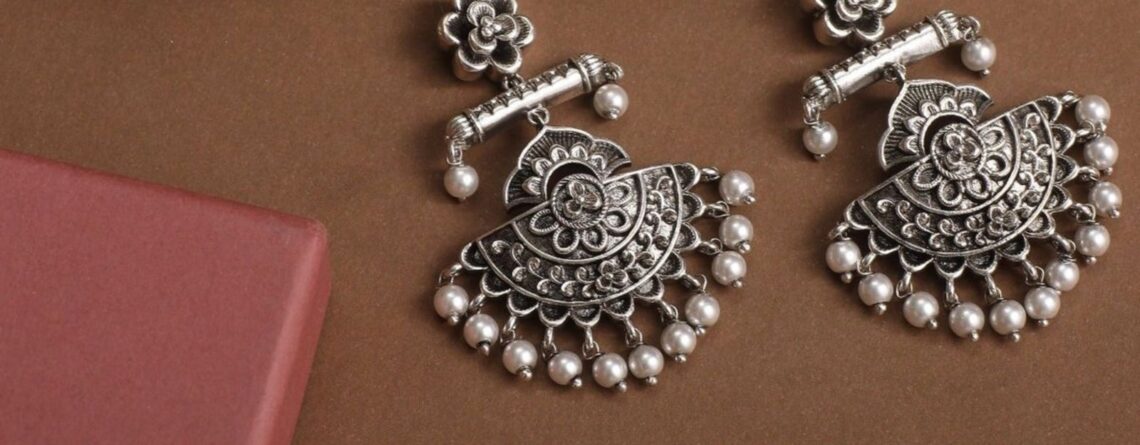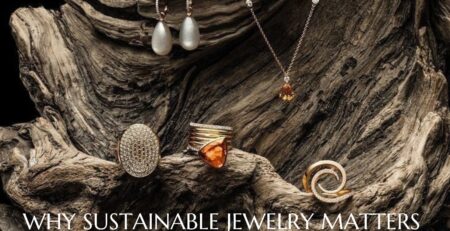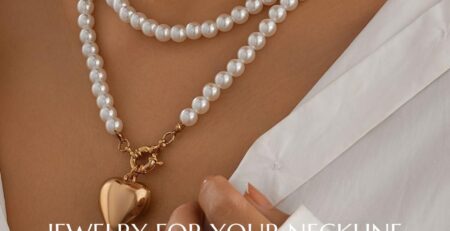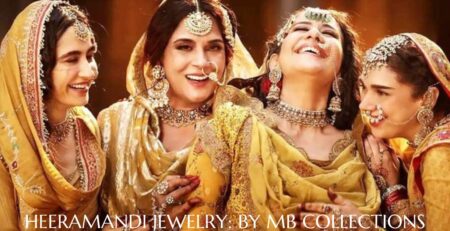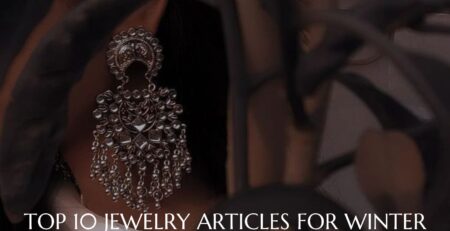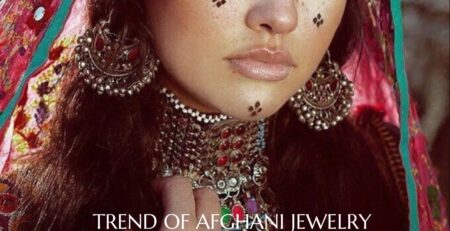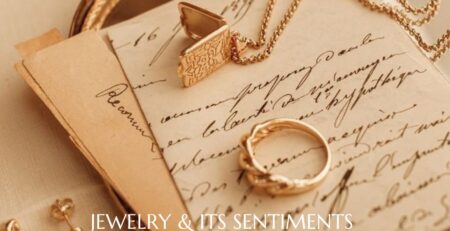Jewelry: A Timeless Blend of Art, History & Personal Expression
Jewelry has been an integral part of human culture in the past history, serving as a symbol of status, a form of artistic expression, and a cherished means of personal adornment. From the ancient civilizations to the modern-day fashion runways, the allure of jewelry remains as strong as ever. But what is it about these precious pieces that captivate us so deeply?
The Rich History of Jewelry:
Jewelry’s history is as old as humanity itself. Ancient Egyptians, for example, adorned themselves with intricate pieces made of gold and gemstones, believing they held spiritual powers. The Greeks and Romans also cherished jewelry, often using it to signify wealth and status.
In many cultures, jewelry has been used to mark significant life events—such as engagements, weddings, and births—solidifying its role not just as an accessory, but as a vessel for memories and emotions. The traditions carried on through the ages, with each civilization adding its unique touch to the art of jewelry-making.
Jewelry as an Art Form:
Beyond its historical significance, jewelry is a true art form. It requires a blend of creativity, craftsmanship, and a deep understanding of materials. Jewelry designers often draw inspiration from nature, architecture, and even emotions to create pieces that are both visually stunning and meaningful.
The process of creating a piece of jewelry—from sketching the design to selecting the materials and finally crafting the piece by hand—can be as intricate as the jewelry itself. Whether it’s a delicate pair of earrings or a bold statement necklace, each piece is a testament to the designer’s vision and skill.
The Symbolism of Jewelry:
Jewelry is often more than just a fashion statement; it carries deep symbolism. Engagement rings, for example, are symbols of love and commitment. In many cultures, certain stones or metals are believed to bring good luck, health, or prosperity. For some, wearing a particular piece of jewelry can be a form of self-expression, reflecting their personality, beliefs, or heritage.
Moreover, jewelry can serve as a keepsake, passed down through generations as a reminder of family history and legacy. These heirlooms often carry stories that transcend time, connecting the past with the present.
Trends in Modern Jewelry:
While the appeal of classic designs remains strong, modern jewelry trends are constantly evolving. Today, there is a growing interest in sustainable and ethical jewelry, with consumers becoming more conscious of where their pieces come from and how they are made.
Minimalist designs, which focus on simplicity and elegance, have become increasingly popular, as have personalized pieces that allow individuals to create something uniquely their own. Additionally, the resurgence of vintage and antique jewelry reflects a desire for timeless beauty and craftsmanship in a world of mass production.
Choosing the Right Jewelry for You:
Selecting the perfect piece of jewelry from Mb Collection is my personal experience. It’s important to consider factors such as your personal style, the occasion, and the message you want to convey. Whether you’re drawn to the sparkle of diamonds, the vibrant hues of gemstones, or the sleek elegance of gold, the right piece of jewelry can enhance your look and make a statement.
For those new to buying jewelry, it’s essential to understand the quality of the materials and the craftsmanship involved. Educating yourself on different types of metals, stones, and designs can help you make informed decisions and invest in pieces that will last a lifetime.
Conclusion: Jewelry’s Enduring Appeal:
Jewelry has a unique ability to transcend time, connecting us to our history, culture, and personal experiences. Whether worn as a daily accessory or saved for special occasions, each piece carries its own story and significance. As trends come and go, the timeless allure of jewelry endures, continuing to captivate and inspire us for generations to come.

